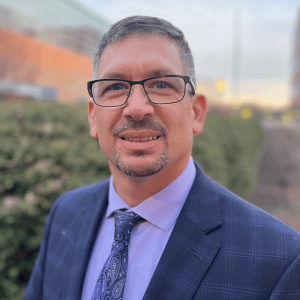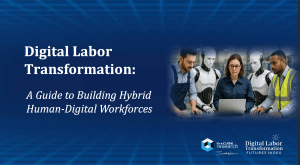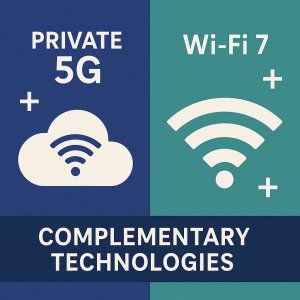Observability is no longer a niche concern—it’s a boardroom imperative. In an era where systems are distributed across clouds, regions, and edge environments, observability has become one of the most significant contributors to infrastructure complexity and spending.
In this episode of AppDevANGLE, I sat down with Nishant Modak, CEO and founder of Last9, to explore the evolving landscape of observability, the challenges with data explosion and tool sprawl, and why a platform-led, high-cardinality approach is key to future-proofing reliability engineering.
Volume, Variety, and Velocity
The challenge is clear: SRE teams spend 20–40% of their time managing observability infrastructure, yet insights remain elusive. In our research at theCUBE, telemetry data is growing at 30% year-over-year, and 75% of organizations are juggling between 6 and 15 observability tools.
“You wouldn’t build a self-driving car with a 140-pixel camera,” Nishant told me. “Yet most observability systems today rely on limited, fragmented visibility. That’s a blind spot no business can afford.”
As more containers, services, and regions come online, so too does cardinality—the number of unique dimensions attached to telemetry data. Without intelligent controls, this leads to data overload, mounting costs, and reduced signal-to-noise ratios.
The Case for a Platform-First, Data-Centric Model
While many organizations are seeking “single pane of glass” solutions, they truly need a cohesive telemetry architecture, not just stitched-together dashboards. That means moving beyond UI unification toward schema-level control, data shaping, and automated enrichment.
“Logs, metrics, traces—they’re all just telemetry. The divisions are artificial,” Nishant said. “The real opportunity lies in harmonizing telemetry through unified schemas so teams can reason about their systems more effectively.”
Last9’s approach is fundamentally data platform-oriented, not just app-layer driven. It emphasizes converged telemetry, enabling organizations to filter, enrich, or drop data before it impacts budgets or performance. That control can reduce surprises, like weekend cardinality spikes that balloon cloud bills, and improve governance and insight.
Managing TCO in a Budget-Constrained Reality
According to theCUBE Research, observability now consumes 15–20% of total cloud budgets. Yet despite the rising costs, many teams still fly blind—unaware of which workloads drive the most data or where visibility fails.
“Platform teams often come back Monday to a 20% cost jump and no clue why,” Nishant noted. “It’s not just about collecting data anymore—it’s about managing data as a product.”
By embracing meta-observability—visibility into the observability pipeline itself—teams gain awareness of telemetry quality, cardinality outliers, and inefficient data flows. Combined with automation, this insight helps right-size observability without sacrificing reliability.
Last9 also opposes traditional pricing models, advocating for predictable, use-case-aligned billing and vendor-managed OpenTelemetry support. This is essential for organizations that value open source but lack internal bandwidth to manage DIY observability stacks.
Automation and Intelligent Observability
While AI wasn’t the focal point of this conversation, its absence was notable—and intentional. As Nishant put it, true automation begins with structured, actionable data. Before layering on intelligence, organizations must first get their telemetry house in order.
“The next wave isn’t more dashboards—it’s platforms that adapt to changing workloads and pinpoint issues automatically,” Nishant said. “Observability should increasingly manage itself.”
That’s why Last9 is working toward a future where observability is proactive, not reactive—shaping data based on contextual needs, flagging anomalies in real time, and integrating seamlessly into CI/CD pipelines and runtime environments.
As observability enters a new phase—one defined by automation, intelligence, and platform thinking—teams must reassess their tooling and telemetry strategies. The focus must shift from collection to correlation, from dashboards to data design, and from visibility to value.
To learn more about how Last9 is tackling this head-on, visit last9.io. For continued insight on the tools, trends, and teams shaping the future of app development, follow us at theCUBE Research. Whether you’re debugging microservices or designing resilient edge systems, the goal should be observability that works for you, not against you.



